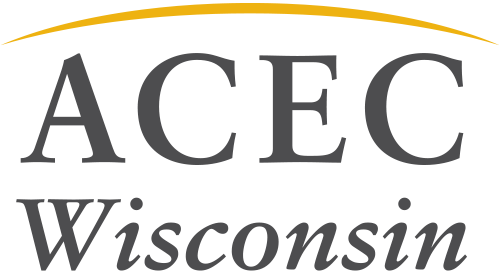Building Trust, Building Pipelines: Waukesha’s Great Water Alliance Wins

Written by: Catharine Richardson, PE, ENV SP of TYLin │ Greeley and Hansen Water Solutions
![]()
Imagine your faucet sputtering or questioning the quality of the water coming out of it. Clean, safe, drinkable water is essential to every community. So, when the depletion of its primary drinking water source led to increased levels of contaminants, the Waukesha Water Utility (WWU) dove headfirst into finding a long-term, sustainable alternative to serve the city’s 72,000 residents.
A First for the Great Lakes
The answer? The vast freshwater of Lake Michigan. But Waukesha sits outside the Great Lakes Basin, and since the Great Lakes-St. Lawrence River Basin Water Resources Council (Compact Council) was established, water diversions to communities outside the basin have been strictly limited. However, after an exhaustive application process, Waukesha was the first and only community granted unanimous approval by the Compact Council to tap into the lake. This historic decision paved the way for the Great Water Alliance Program, a multi-year, multimillion-dollar initiative prioritizing public health and environmental stewardship. WWU partnered with Program Manager TYLin │ Greeley and Hansen Water Solutions to plan, design, construct, and commission a completely new water supply and return flow system with a 100-year lifespan for the region.
 From Water Scarcity to Security
From Water Scarcity to Security
The project was massive. Imagine weaving 36 miles of transmission and force mains through urban environments already congested with existing utilities, building pumping stations, and constructing reservoirs, a water tower, and chemical feed facilities. This intricate network included nearly 13 miles of water supply pipeline alongside 23 miles of return flow lines to ensure a net zero impact on the Lake Michigan watershed. The program required route studies, hydraulic modeling, water quality analysis, procuring more than 90 permits, and coordinating with 19 subconsultants, seven communities, two counties, and multiple state and federal agencies!
Challenges and Innovation
The program’s unprecedented scale provided plenty of hurdles, including tight deadlines and intense public and regulatory scrutiny. There were also unforeseen challenges, like changing water suppliers after the initial route study and relocating the primary booster pumping station at 90% design completion. However, the project team was committed and agile in addressing challenges. When faced with moving the main Booster Pumping Station, the team advanced multiple facets of the design concurrently while performing value engineering. Bidding the contract packages during a global pandemic complicated labor availability and disrupted supply chains. Additional complications arose during construction, including the unexpected unearthing of 13 underground tanks and unidentified utilities. The team leveraged trenchless construction to minimize disruption, used precast reservoirs to speed up building times, and incorporated drones to document progress across the 36-mile construction zone. By changing water suppliers, the team secured cost savings of $40 million.
Collaboration is Key
Throughout the project, transparency was paramount. The project team understood that public trust was essential and executed a comprehensive outreach strategy to obtain feedback and keep residents and businesses informed. They explored cost-sharing opportunities with neighboring counties and cities. But collaboration extended beyond the public realm. An intense alliance between the permitting, design, and construction teams established an achievable schedule. They engaged regulatory agencies to synchronize the design and permitting phases and emphasized collaborative review methods over traditional approaches. A battery of internal and external reviews, constructability assessments, and conscientious design reviews were implemented to uphold uncompromising standards. The team mitigated potential roadblocks with these cooperative efforts and seamlessly transitioned residents and businesses to Lake Michigan water.
A Model for the Future
The Great Water Alliance Program was a resounding success and a first-of-its-kind achievement. With its groundbreaking approach, the team delivered clean, safe water to Waukesha while coming in $4 million under budget -proving that innovation can be cost-effective!
By setting a new standard for collaboration, public engagement, and engineering excellence, the Great Water Alliance Program not only solved Waukesha’s public health crisis. It serves as a model for communities facing similar water challenges.
About the Guest Blogger
 Catharine (Katie) Richardson, PE, ENV SP, served as Program Manager for the Great Water Alliance Program and is an Associate with TYLin. Katie is an accomplished Project Manager with 20 years of experience. TYLin is a globally recognized, full-service infrastructure consulting firm committed to providing innovative, cost-effective, constructible designs for the global infrastructure market.
Catharine (Katie) Richardson, PE, ENV SP, served as Program Manager for the Great Water Alliance Program and is an Associate with TYLin. Katie is an accomplished Project Manager with 20 years of experience. TYLin is a globally recognized, full-service infrastructure consulting firm committed to providing innovative, cost-effective, constructible designs for the global infrastructure market.
